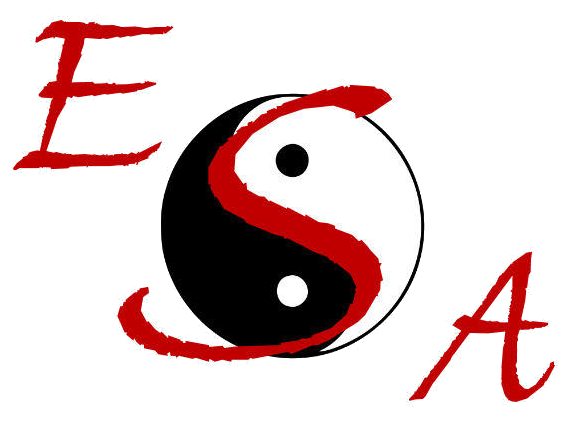In my last post I talked about the relationship between reflexology and acupuncture. This got me thinking about another topic I’m often asked about – reiki. There are many reiki Masters in Syracuse, and even a handful in Fayetteville. I even rent office space in Oneida from a Reiki Master (who also happens to by my aunt). In fact, I learned about reiki long before I started studying acupuncture (though I have not received attunements or any formal training yet).
Questions about reiki usually revolve around how reiki and acupuncture/Chinese medicine are related. Strictly speaking reiki is a distinct therapy method developed by a Japanese Buddhist Mikao Usui in 1922. He claims that during meditation he received a divine inspiration showing him the symbols and methods that he used to create his reiki method. It uses hand positions on the body to transmit and direct energy from the universe into the energy centers (chakras) of the patient.
The main similarities between reiki and traditional Chinese medicine is the idea that the body needs to have sufficient levels of energy (called qi/chi/ki) that flow unimpeded through the body in order to be healthy. A lack of energy or a blockage of its flow can result in disease. The similarities pretty much end here.
In traditional Chinese medicine we use needles, herbs, and other hands-on techniques to stimulate the flow of energy in the body. Acupuncture does not direct the flow of “universal energy” into the body, rather it makes adjustments to the body’s own energy flow and improves its ability to create energy. Acupuncture does not make use of the “chakras”, or energy centers of the body that are a core concept in reiki. However, the 7 chakras all correspond to major acupuncture points located on the midline of the body.
While reiki and acupuncture share some surface similarities, it is important to note that they are distinctly separate therapies with different ideas about the body and disease. They can both be used for great effect, and there are many acupuncturists that are also trained in reiki and incorporate both methods.
However, when talking about reiki and traditional Chinese medicine it is important to bring up qigong. I have discussed qigong in other posts, but simply put it is a method of self-care that uses deep breathing and simple movements to create a meditative state. Tai chi is the best known style of qigong and other martial arts use qigong techniques as part of their training. Qigong also has some similarities to yoga, and in fact was known as Chinese Yoga in the US for a while. Though qigong is focused on self healing, there are more advanced techniques of external energy transmission in which the practitioner directs energy into the body. These techniques are remarkably similar to reiki. It is my guess that Mikao Usui had some basic familiarity with these techniques. A main difference between the systems is that qigong practitioners often go through much more intensive training over a longer period of time. Reiki is much easier to learn. Qigong also uses the same theories and concepts as acupuncture and traditional Chinese medicine while reiki has it’s own system. I use qigong methods for my own self-care and also have some training in the external qi transmission techniques.
To compare the effects of the reiki to acupuncture I think acupuncture does a much better job treating pain and other physical illnesses/symptoms. Reiki does a better job of dealing with the more subtle issues like emotional trauma. They can be used together for great effect.



